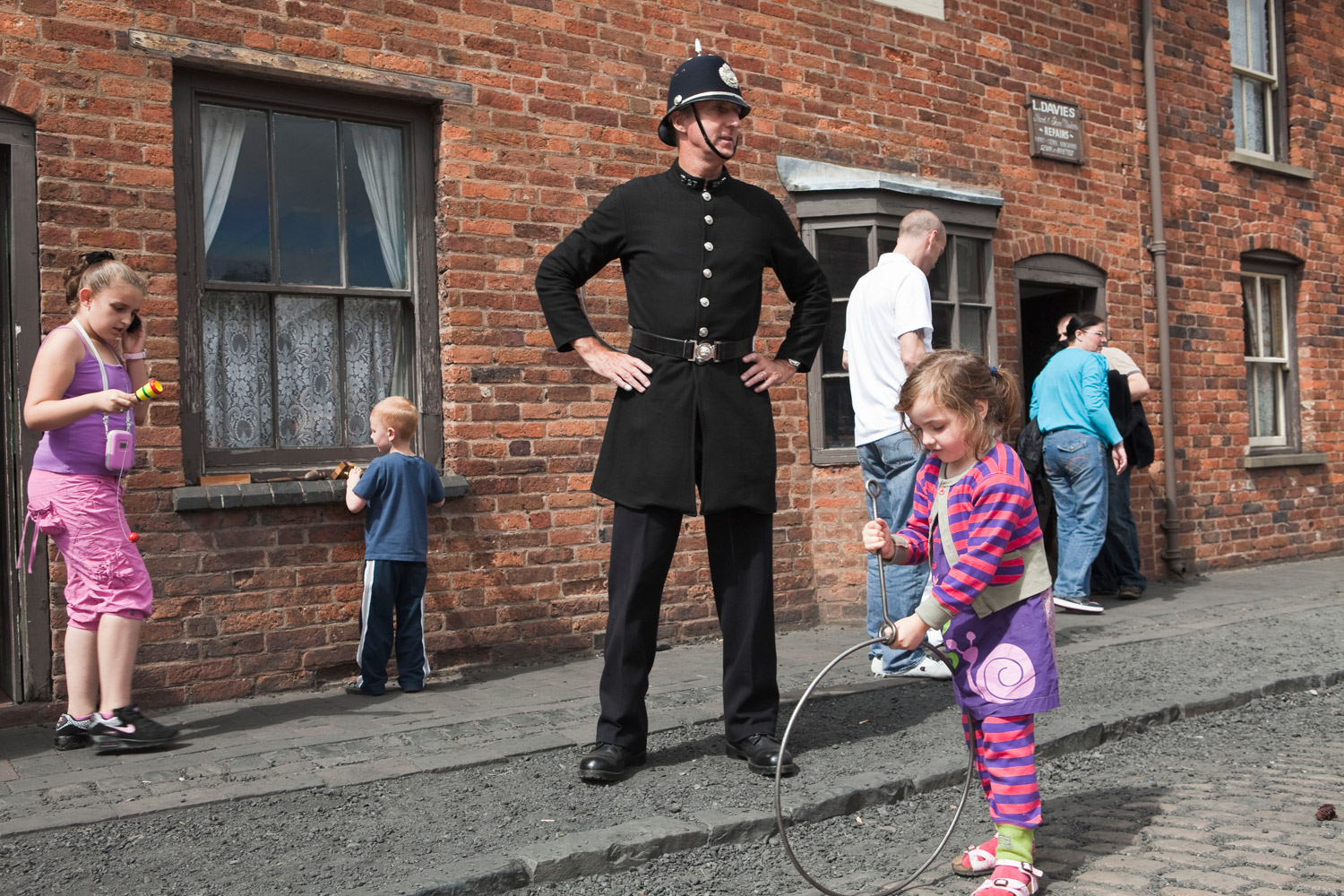
Bright red telephone boxes, afternoon tea, bobbies with batons. Today even the most naive tourist knows this Mary Poppins vision of Britain is about as true to life as Dick Van Dyke’s cockney accent. But what, then, does it mean to be British in 2012? That’s a question the London Festival of Photography has tried to answer with its headline show, “The Great British Public.” The exhibition brings together 13 photographers who have captured modern British life, from posh wingdings to a wind-lashed laundry day on Scotland’s Orkney Islands. “We wanted to celebrate Britain more than be depressed about it,” says curator Grace Pattison, noting her countrymen’s talent for grousing. “It’s about the quirkiness, irony, the humor of the British. It’s quite an uplifting show, really.”
(For TIME’s daily coverage of the 2012 Olympics, visit: Time.com/Olympics)
Nothing jars more with the British sensibility than the idea of forced positivity. Yet Pattison is savvy enough to have built a ‘warts-and-all’ show that winks at its subject while patting it on the back. Some of the photographers have taken on traditions that still thrive in parts of the country. Chris Steele-Perkins captures the lives of the increasing number of Brits who live to be 100 and receive a congratulatory birthday card from the Queen. Arnhel de Serra (the only non-Brit in the show) has captured the action at countryside agricultural shows, where elderly ladies in tweed vie for top prizes in jam-making and flower arranging. Giulietta Verdon-Roe presents a different glimpse into rural life with her elegiac images of the northernmost Orkney Island, population 51 (plus a few thousand seaweed-eating sheep and one very tall lighthouse).
Other photographers focus on the new traditions being created. Photographer Ewen Spencer followed the rise of the Grime music scene (epitomized by black artist Dizzee Rascal), and the young people who hope to rap their way out of London’s poorest neighborhoods.
And then, of course, there is Britain’s ethnic diversity, often packed into small areas like the borough of Hackney in London, documented by Zed Nelson, or a street in the northern city of Birmingham, photographed by Liz Hingley, which hosts over 30 different places of worship including a mosque and a Hindu temple.
It’s impossible to talk about British photography without mentioning Martin Parr, whose seminal The Last Resort: Photographs of New Brighton (1982-86) presented working class holiday-makers—they of the bulging, pink flesh and oily fish and chip wrappers—in all their vulgar glory. For the exhibition, Pattison preferred not to dwell on Parr’s 80s oeuvre (“It’s not the most exciting way to talk about Britain anymore.”). Rather, she chose an homage to Parr in the work of Peter Dench, who returned to the parts of New Brighton featured in The Last Resort and photographed them as they are today. Even now, the northern town near Liverpool provokes wry bemusement among the British: “It’s all quite gray and the scenery isn’t that exciting,” says Pattison. “It’s seaside life, but with a quite humorous look.”
One image of Parr’s does appear in the exhibition: a picture of an English bobby, standing in a red-brick town, hands on hips, while children hula hoop in the street. “At first glance, you think, ah, it’s a really traditional English scene,” says Pattison. “But it’s actually a historic museum in the Black Country [the industrial Midlands]. It’s actually just a mock street and he’s an actor dressed up as a policeman.”
Finally, the exhibition touches on the British at play, whether it be country and seaside escapes (Simon Roberts), a barbershop in London where locals hash out the day’s politics (Nick Cunard) or the beer-swilling excesses of English football fans (Homer Sykes).
Even with such a multifarious show, Pattison is worried the British public in question will find something to quibble about. “By calling it ‘The Great British Public’ we are potentially asking for criticism if people don’t feel like their view of Britain is in there,” she says. But in the year of the London Olympics and the Queen’s Diamond Jubilee celebrations, Pattison is allowing herself to be Britishly optimistic. “Hopefully not too many people will say that,” she says with a laugh.
The London Festival of Photography’s exhibition The Great British Public will be on view from June 1 through June 24. More information is available here.

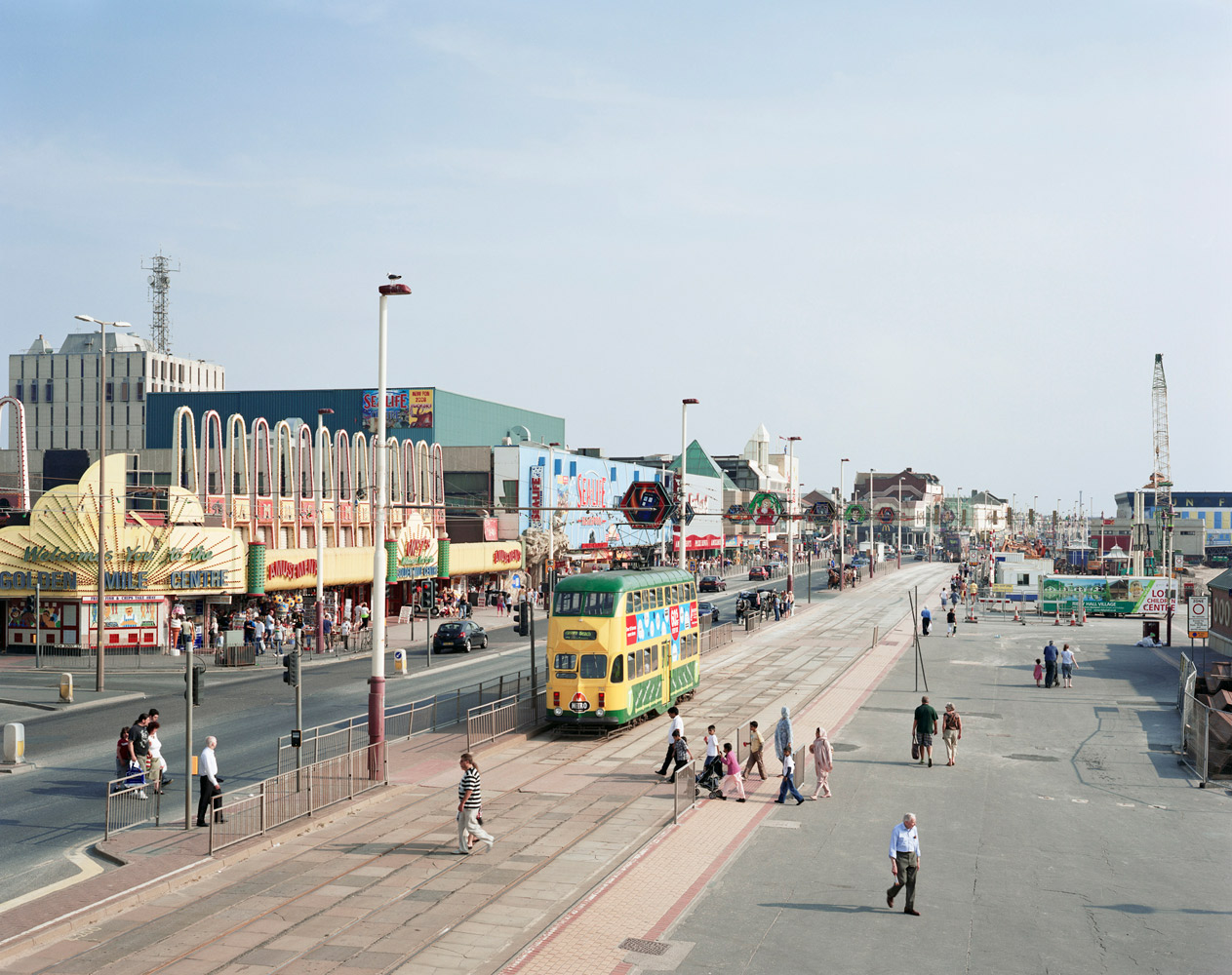



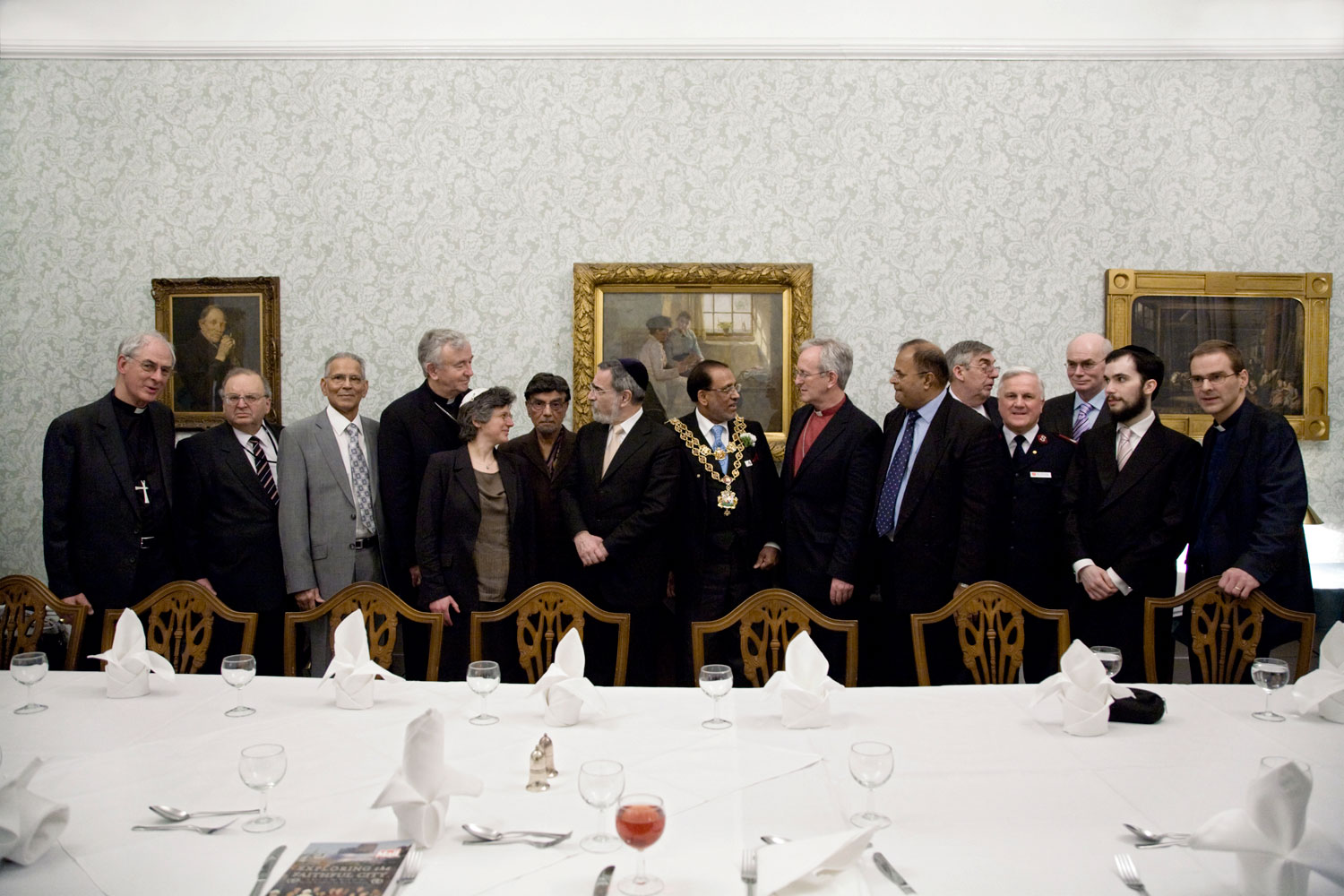

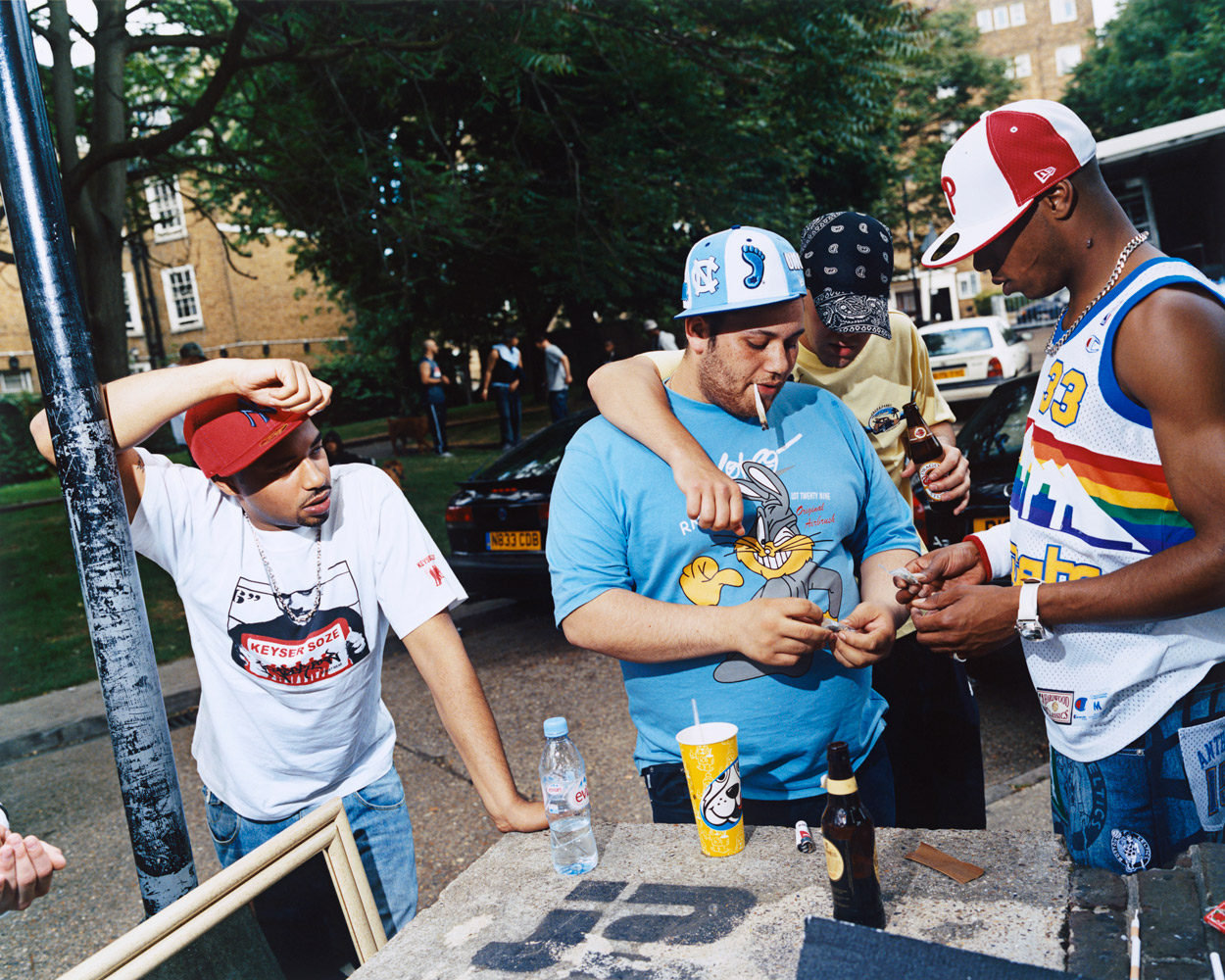
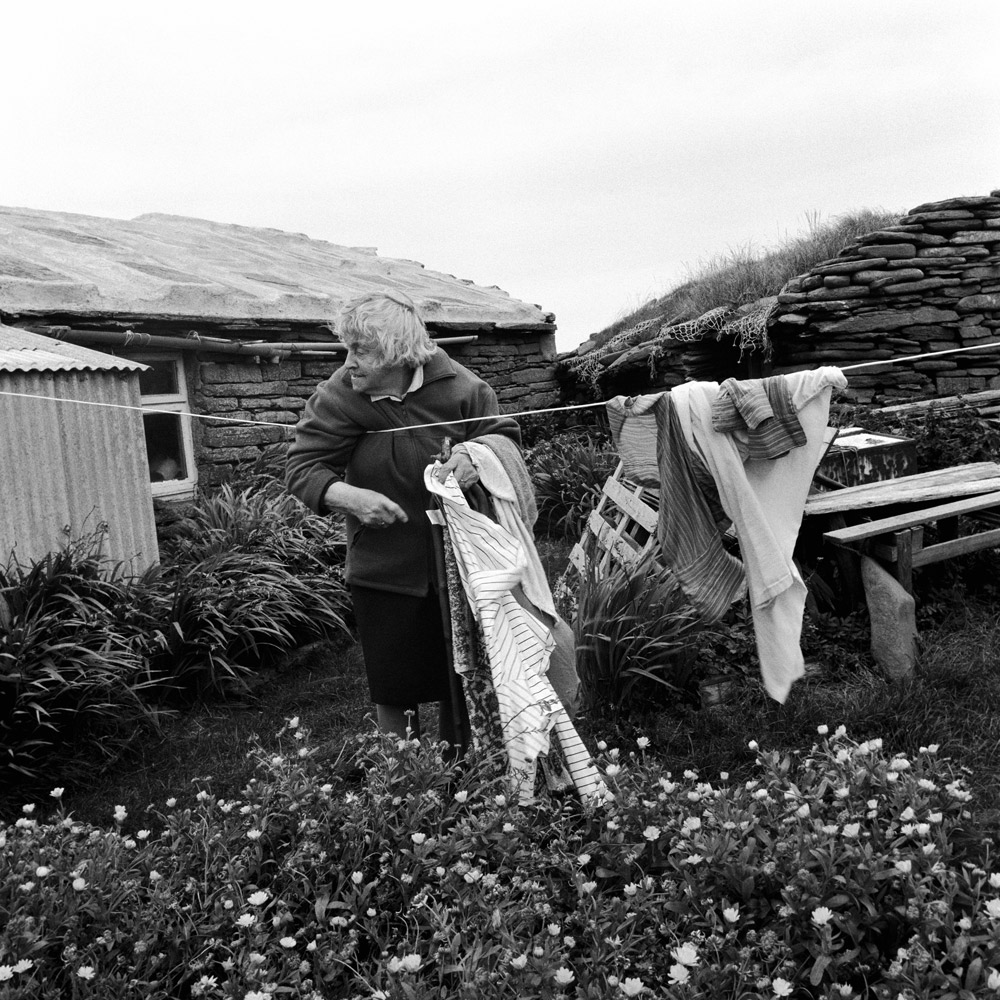


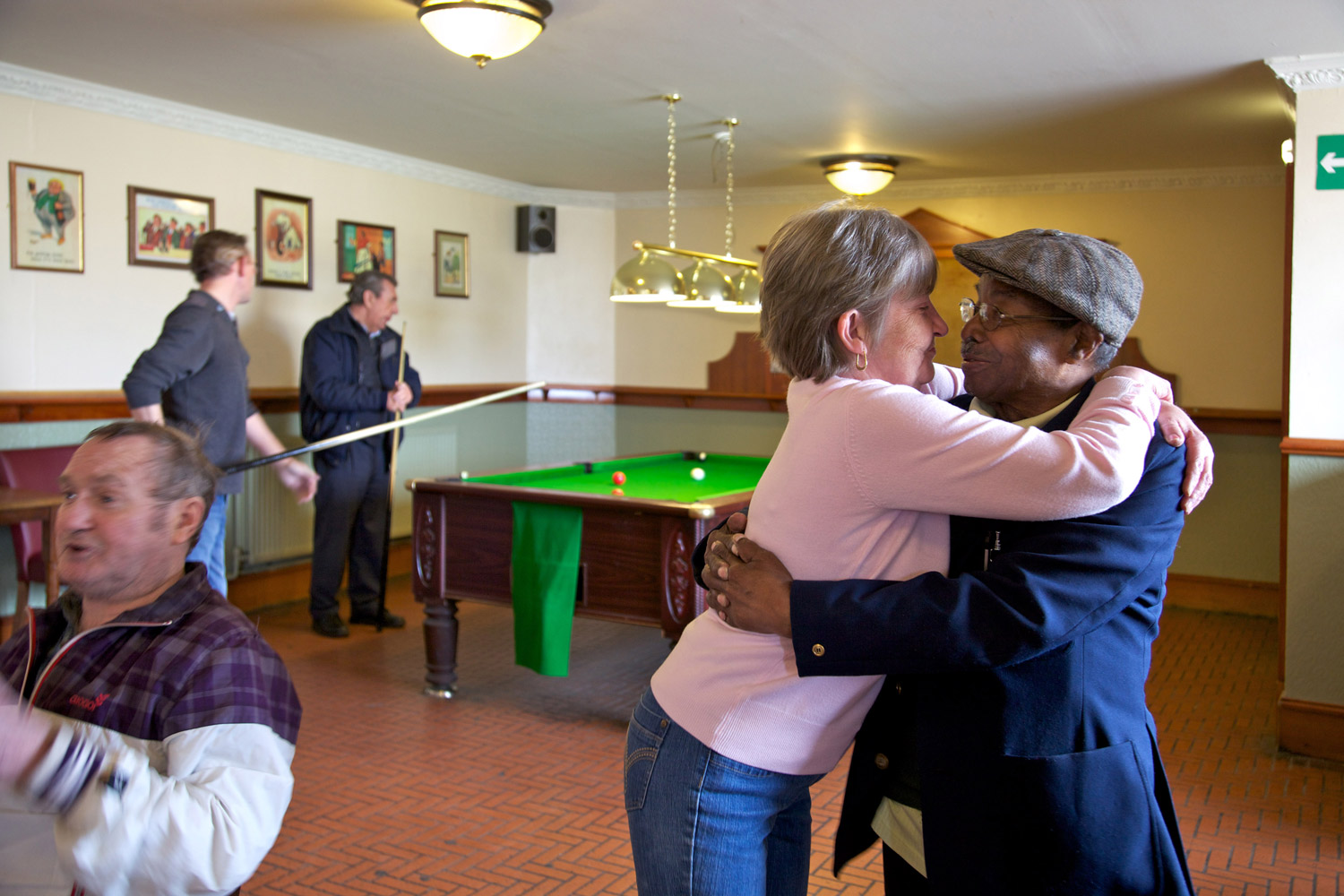
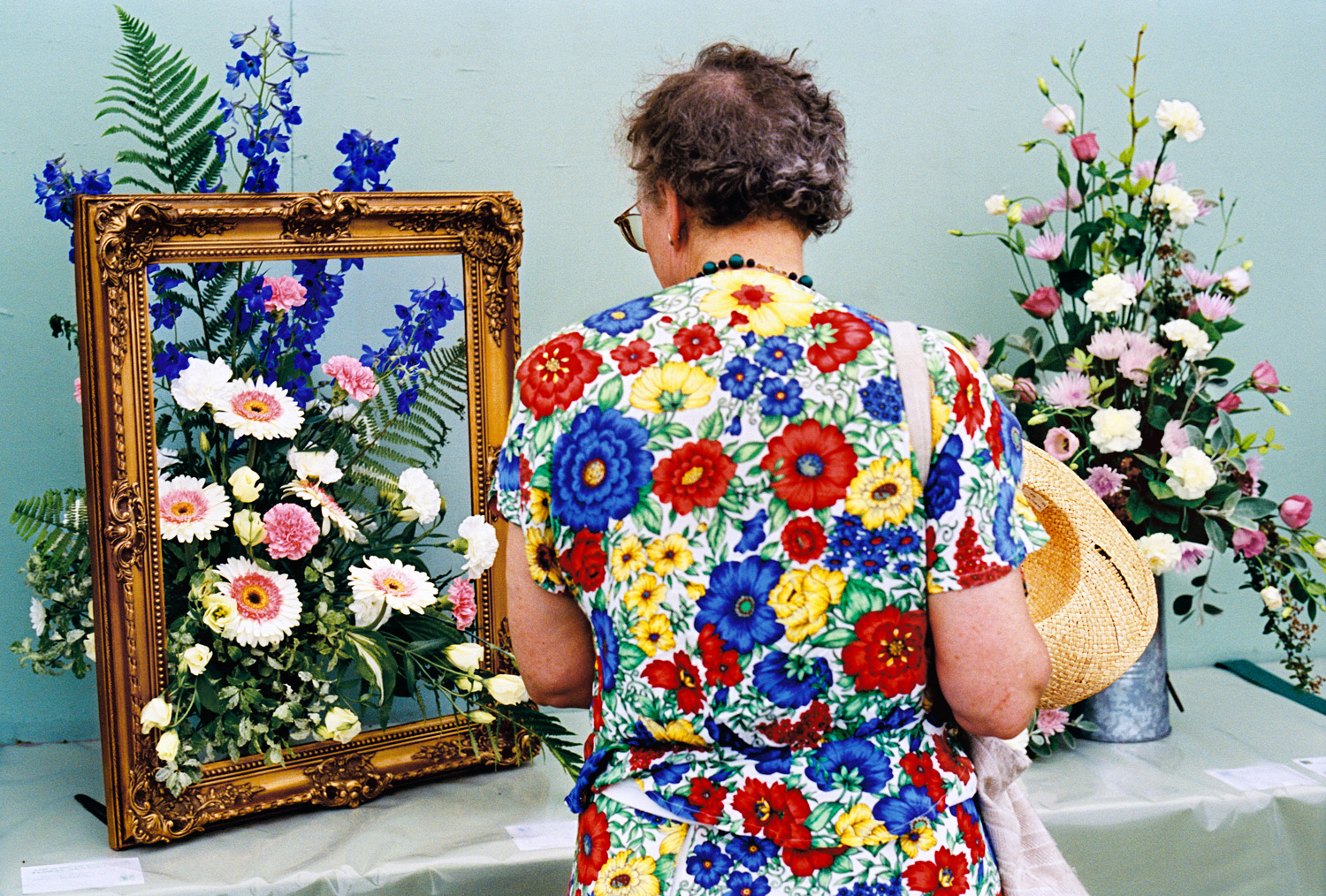
More Must-Reads from TIME
- Cybersecurity Experts Are Sounding the Alarm on DOGE
- Meet the 2025 Women of the Year
- The Harsh Truth About Disability Inclusion
- Why Do More Young Adults Have Cancer?
- Colman Domingo Leads With Radical Love
- How to Get Better at Doing Things Alone
- Michelle Zauner Stares Down the Darkness
Contact us at letters@time.com